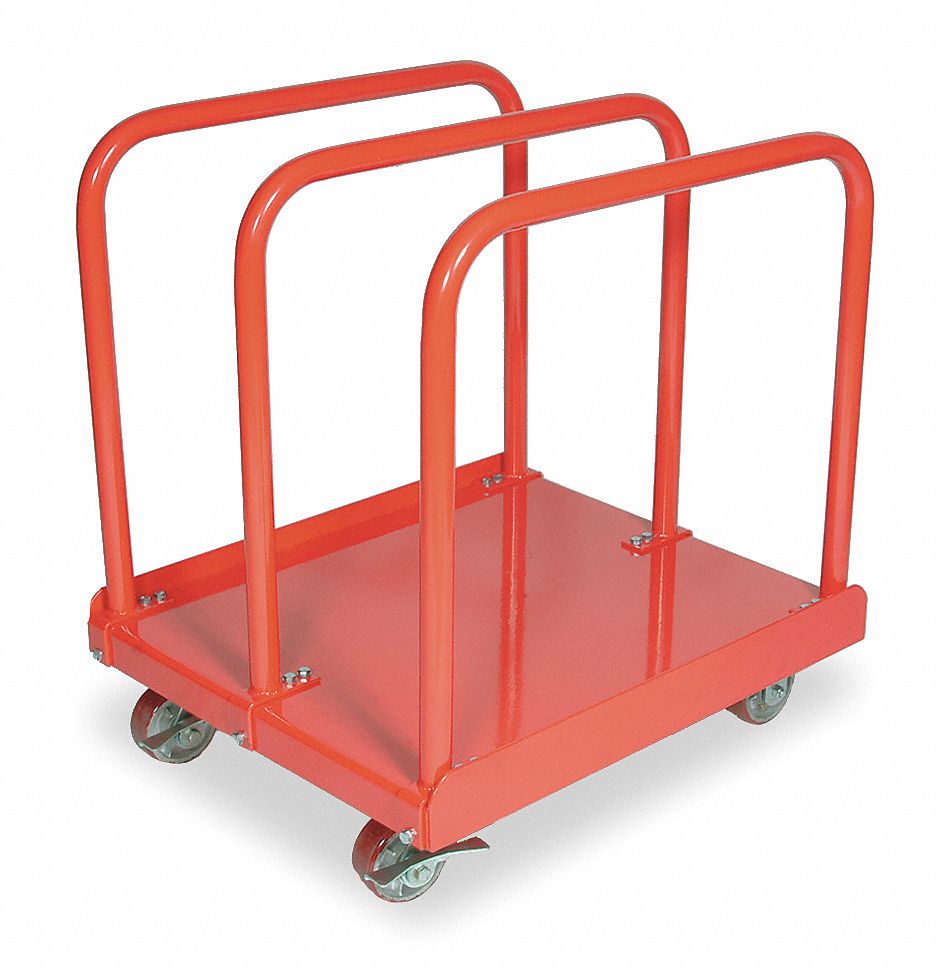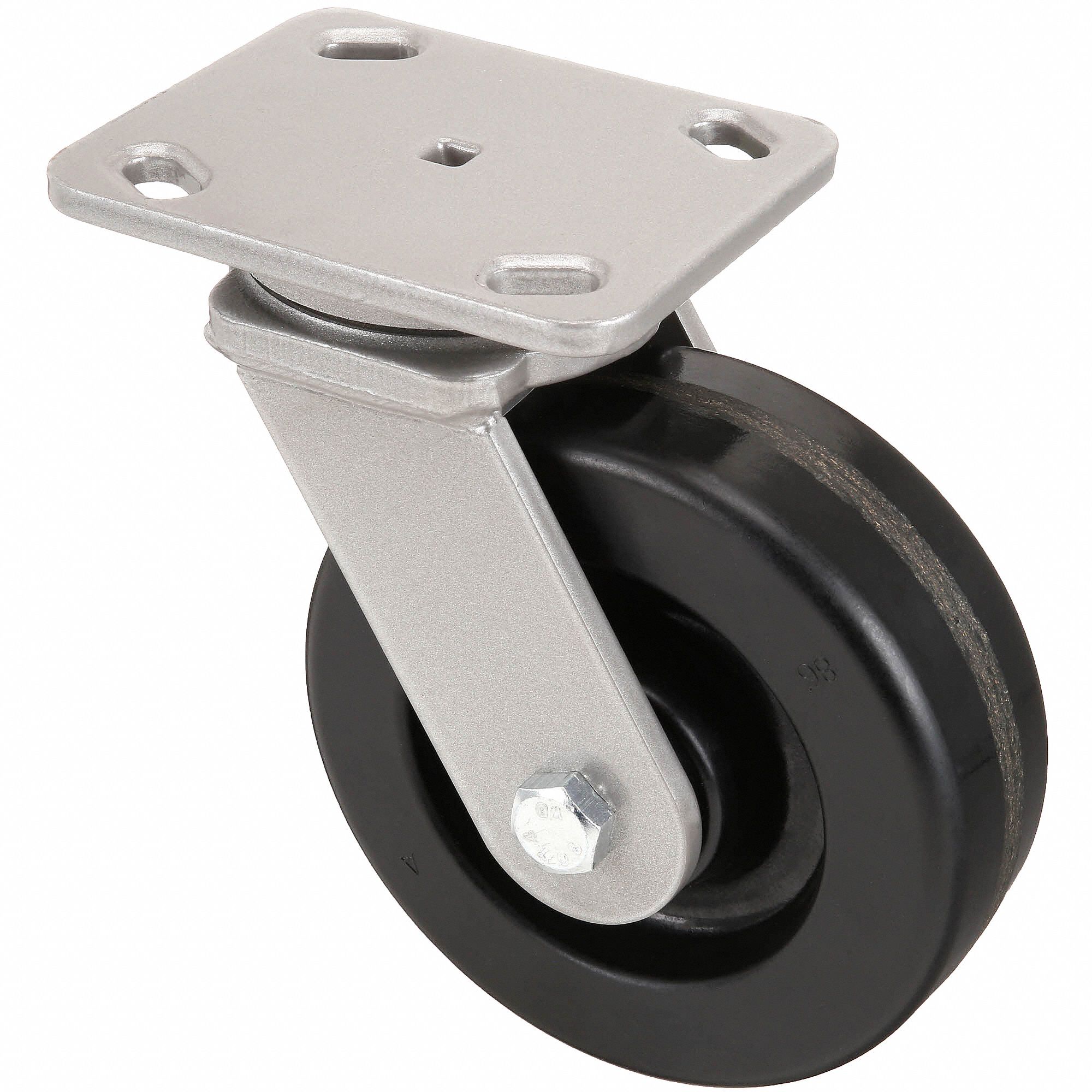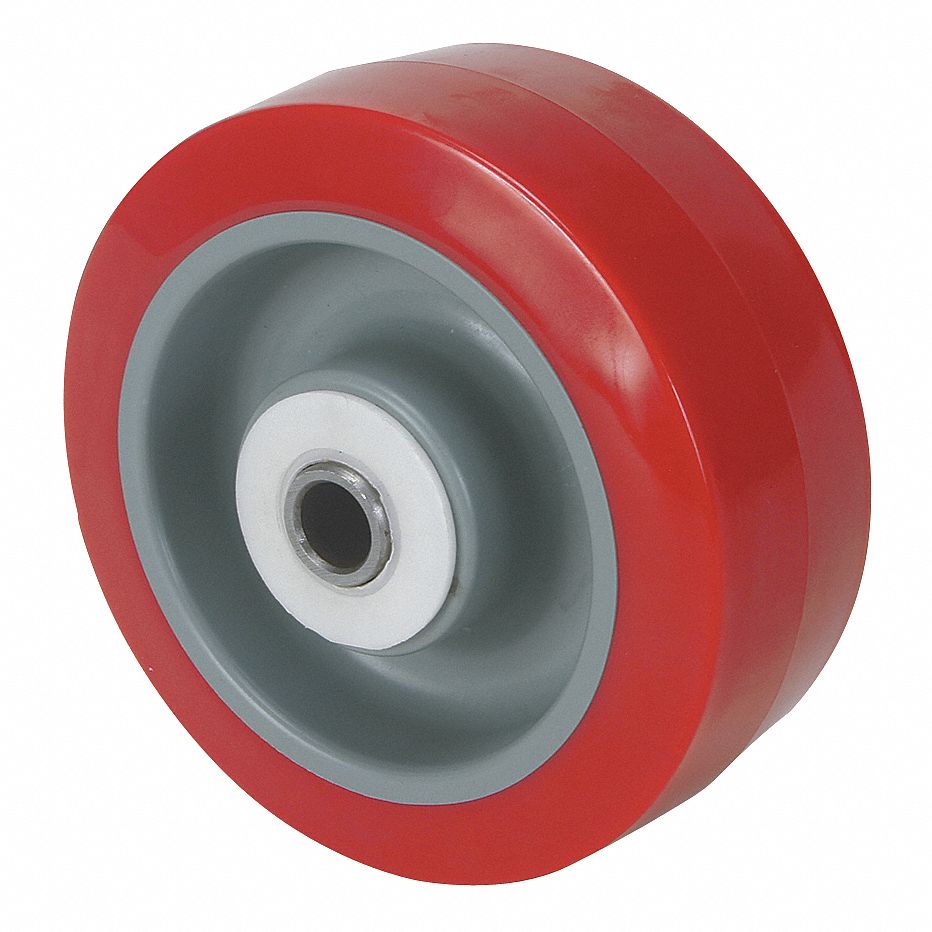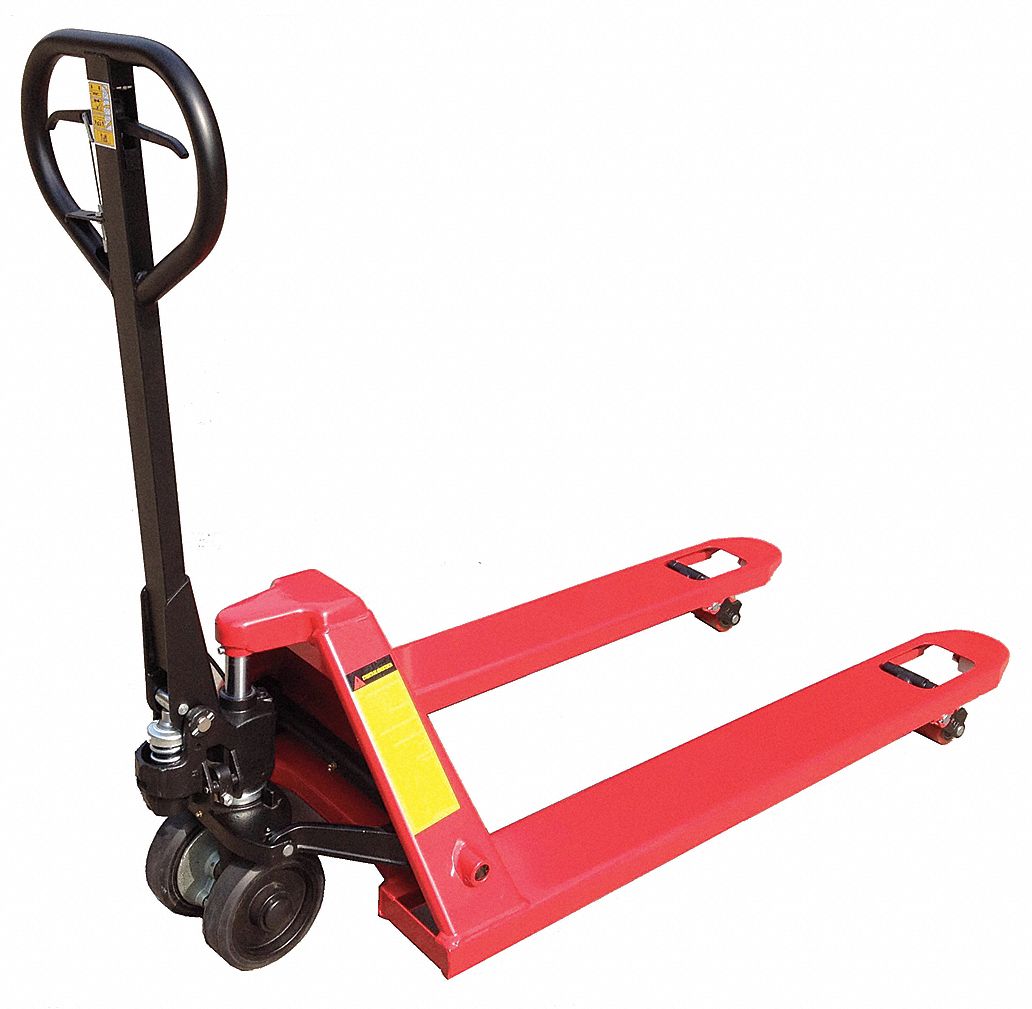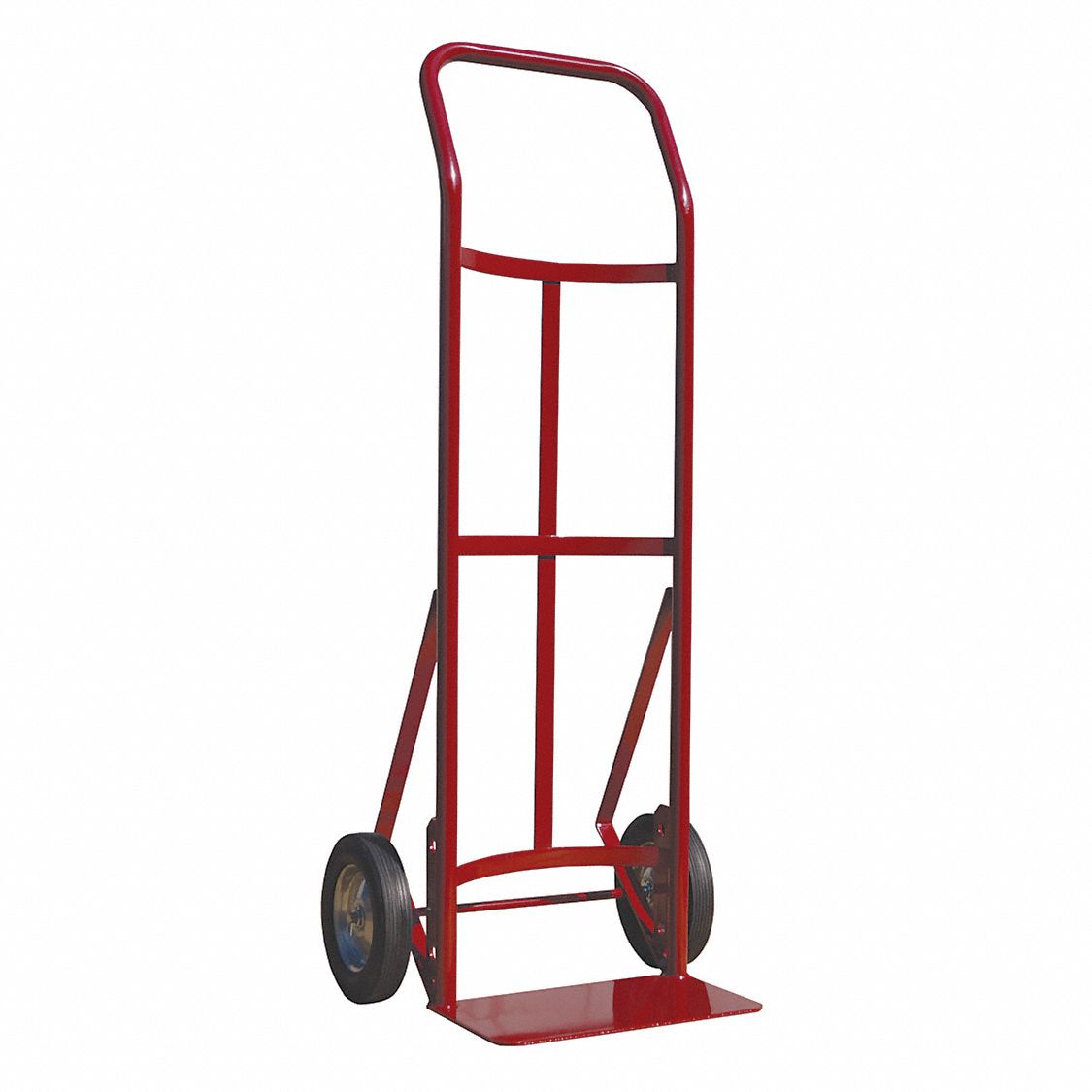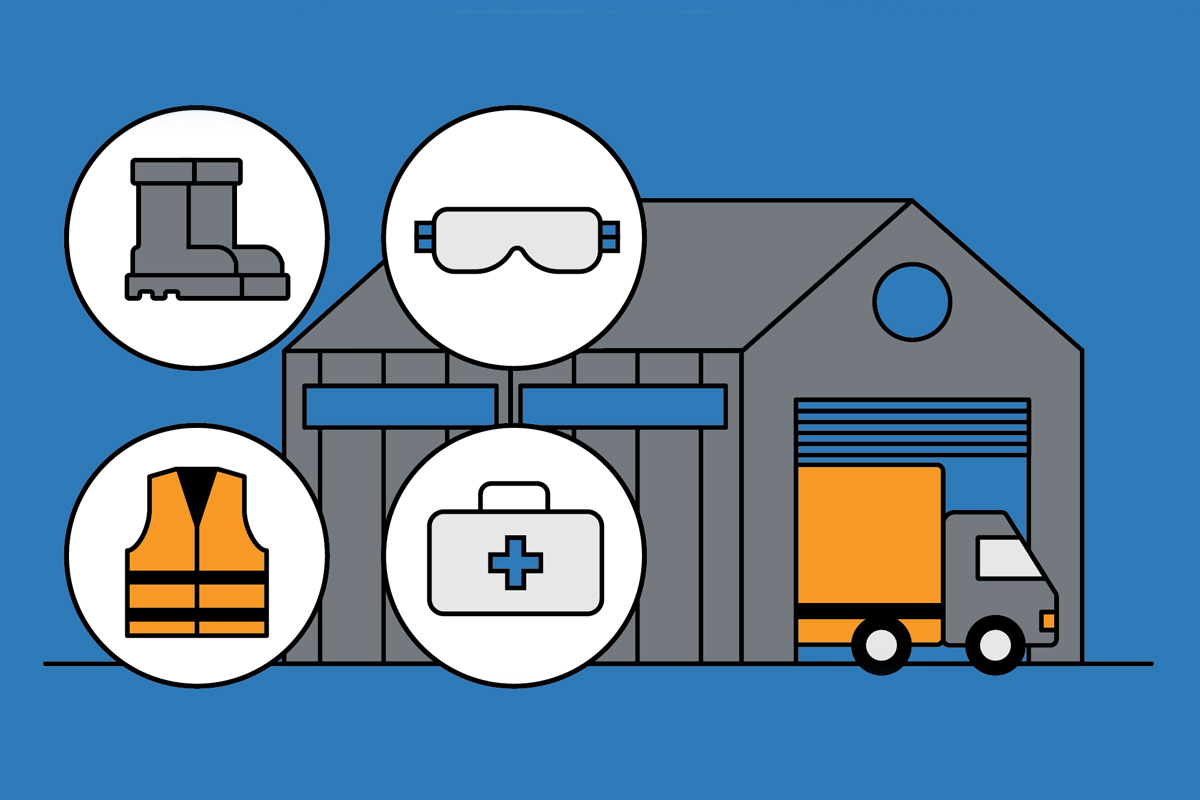

Warehouse Safety Checklist
By Grainger Editorial Staff 10/20/19


Everything in business is better with a plan, and warehouse safety is no different. Job hazard assessments (JHAs) and warehouse safety checklists are tools used to first identify potential hazards associated with job tasks and then recommend potential controls to reduce or eliminate those hazards. By including your warehouse when performing JHAs, you can stay on top of what to look for in key functional areas to help keep people safe.
Packing and Shipping
In today's 24/7 economy, warehouse workers often must rush to keep up with rising demands for ultrafast delivery—but it's important not to lose sight of safety. To help keep things moving safely in the packing and shipping area, make sure that:
- Workers are not tasked with lifting anything that's too heavy for them (use strength testing to determine how much each worker should be lifting)
- Workers have been trained in good lifting techniques
- Loads are stored at a height that doesn't place the worker in an awkward position
- When possible, conveyers, lifts and other material handling equipment are used to bring materials to the worker to reduce the risk of overexertion
Storage Areas
Walk into any warehouse and you’ll probably see plenty of pallet racking. To help avoid costly incidents, pallet racking must be properly installed, maintained and not overloaded. Also, ensure that containers, bundles or unboxed materials are stacked by interlocking, or limit the height of the pile. Finally, mark and maintain safe clearances for aisles, especially where mechanical handling equipment is used.
Help avoid “struck by” warehouse incidents by ensuring that pedestrian traffic is segregated from powered industrial truck (PIT) traffic. The Occupational Health and Safety Administration (OSHA) suggests that safety managers consider separating pedestrian walkways from PIT traffic using permanent guardrails or other physical barriers. In areas where permanent barriers can't be used, OSHA suggests floor striping to indicate pedestrian walkways.
Forklifts
According to OSHA, roughly 95,000 employees are injured every year from forklift accidents. To help prevent injuries, OSHA recommends that:
- Forklifts are operated only by employees who are trained and certified, and their performance is evaluated at least every three years
- Batteries are charged or changed in designated areas only, with appropriate facilities for flushing and neutralizing spilled electrolytes, for fire extinguishing, for protecting charging apparatus from damage by trucks and for adequate ventilation to disperse fumes from gassing batteries
- Operators fill fuel tanks only when the engine is not running
- When operators leave a forklift unattended, they fully lower its load-engaging means, with controls neutralized, power shut off and brakes set
The Occupational Health and Safety Administration (OSHA) has a comprehensive forklift safety checklist available here.
General Safety Precautions
OSHA provides a few general best practices to help keep your warehouse operating safely:
- Exposed or open loading dock doors and other areas where employees are at risk of falling four or more feet must be provided with a form of fall prevention, such as guardrails or other guarding
- Employees should have appropriate rest breaks to avoid fatigue
- New employees must receive task-specific training
- Ventilation is key
- When servicing and maintaining equipment, follow proper lockout/tagout procedures
Keep in mind that the warehouse safety checklists above are not comprehensive, and every warehouse will have different hazards depending on its size, its layout and the materials it stores. But everything is better with a plan, and every plan needs a place to start.
![]()
The information contained in this article is intended for general information purposes only and is based on information available as of the initial date of publication. No representation is made that the information or references are complete or remain current. This article is not a substitute for review of current applicable government regulations, industry standards, or other standards specific to your business and/or activities and should not be construed as legal advice or opinion. Readers with specific questions should refer to the applicable standards or consult with an attorney.

